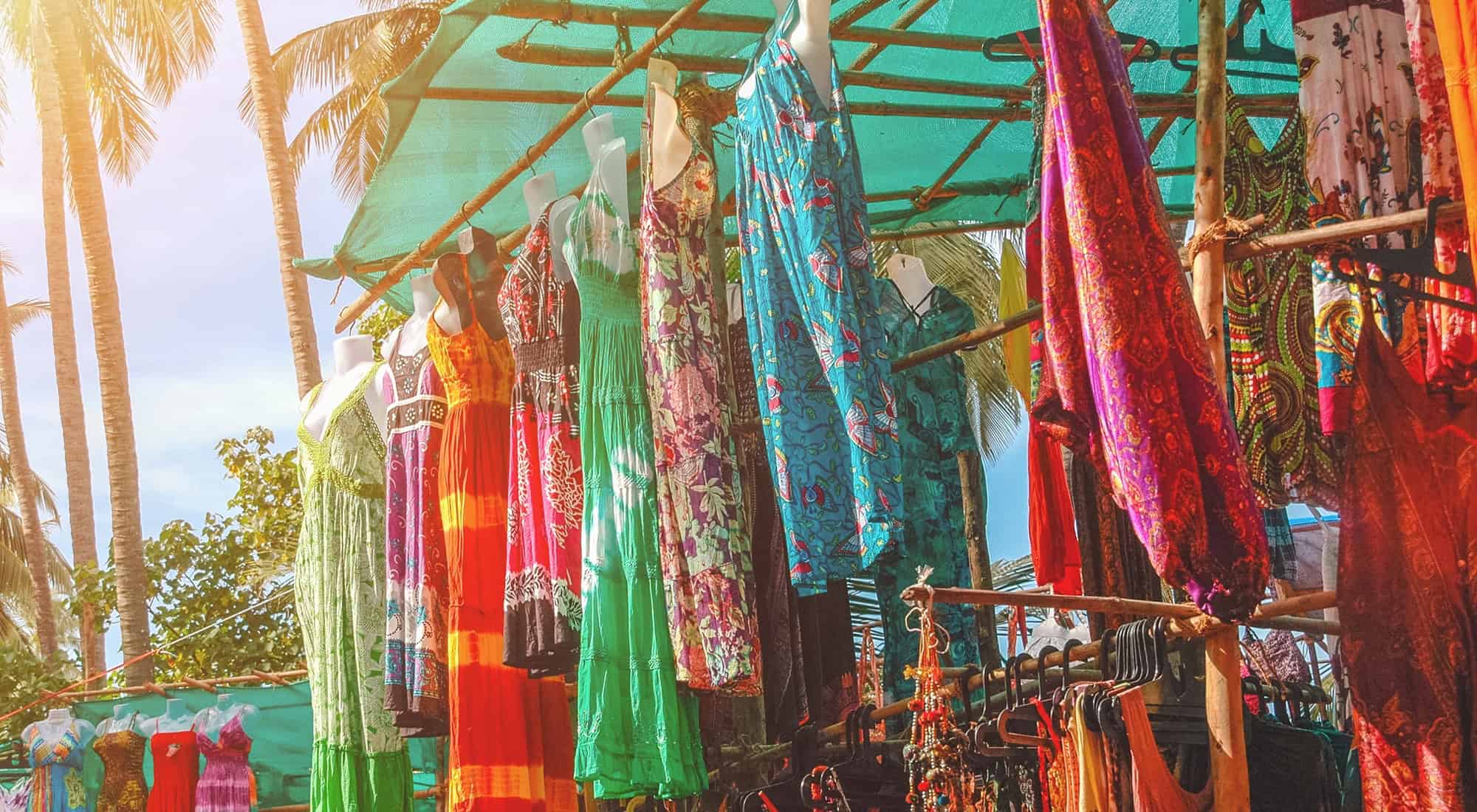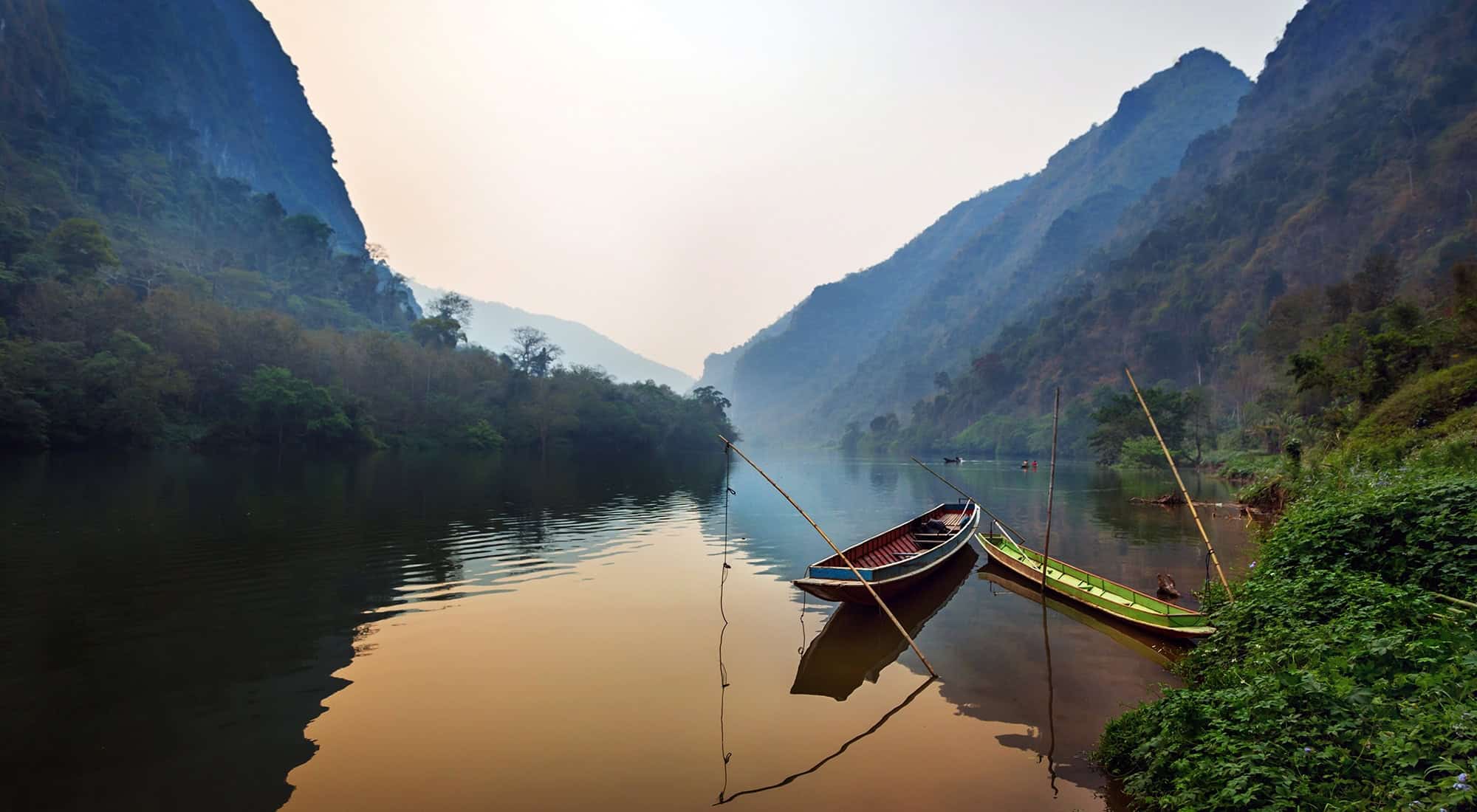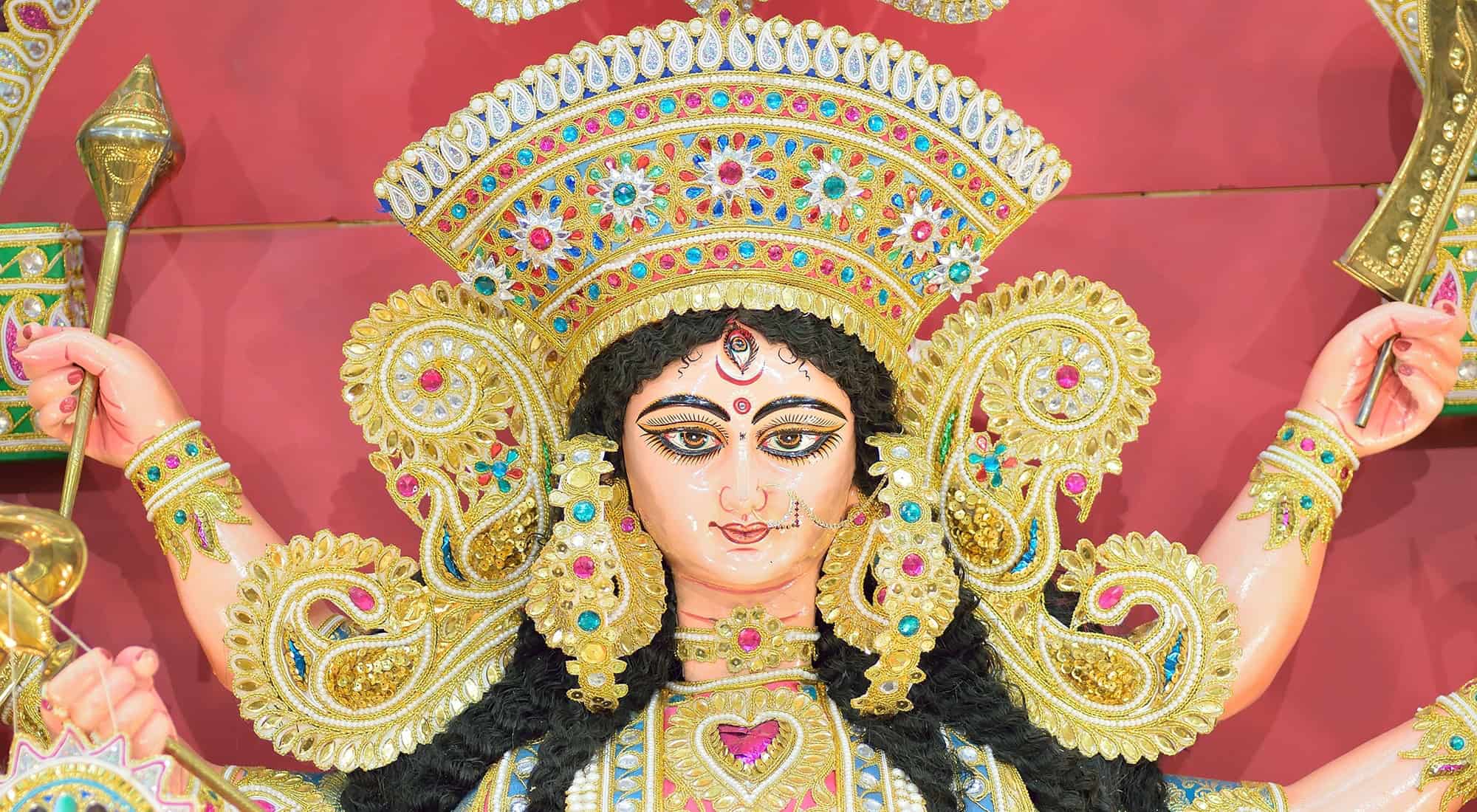BY DAVID STOTT
India excels in producing fine crafts at affordable prices through the tradition of passing down of ancestral skills.
You can get handicrafts of different states from the government emporia in the major cities which guarantee quality at fixed prices (no bargaining), but many are poorly displayed. Private upmarket shops and top hotel arcades offer better quality, choice and service but at a price. Vibrant and colourful local bazars are often a great experience but you must be prepared to bargain. Bargaining can be fun and quite satisfying but it is important to get an idea of prices being asked by different stalls for items you are interested in, before taking the plunge. Some shopkeepers will happily quote twice the actual price to a foreigner showing interest, so you might well start by halving the asking price. On the other hand it would be inappropriate to do the same in an established shop with price tags, though a plea for the ‘best price’ or a ‘special discount’ might reap results even here. Remain good humoured throughout. Walking away slowly might be the test to ascertain whether your custom is sought and you are called back.
The country is a vast market place but there are regional specializations. If you are planning to travel widely, wait to find the best places to buy specific items. Export of certain items is controlled or banned. Taxi/rickshaw drivers and tour guides get a commission when they deliver tourists to certain shops, but prices are invariably inflated.
Carpets and dhurries
The superb hand-knotted carpets of Kashmir, using old Persian designs woven in wool or silk or both, are hard to beat for their beauty and quality. Kashmiri traders can now be found throughout India, wherever there is a hint of foreign tourism. Agra too has a long tradition of producing wool carpets and welcomes visitors to their factories. Tibetan refugees in Karnataka, Darjeeling and Gangtok produce excellent carpets which are less expensive but of very high quality. They will make carpets to order and parcel post them safely. Flat woven cotton dhurries in subtle colours are best seen in Rajasthan.
Jewellery
Whether it is chunky tribal necklaces from the Himalaya, heavy ‘silver’ bangles from Rajasthan, fine Odishan filigree, legendary pearls from Hyderabad, Jaipuri uncut gems set in gold or semi-precious stones in silver, or glass bangles from Varanasi, you will be drawn to the arcade shop window as much as the wayside stall. It’s best to buy from reputable shops as street stalls often pass off fake ivory, silver, gems and stones as real. Gold and silver should have a hallmark, but antique pieces often do not.
Metal work
The choice is vast, from brass, copper and white-metal plates and bowls from the North, with ornate patterns or plain polished surfaces, exquisite Jaipuri enamelled silver pill boxes, tribal lost-wax dhokra toys from Odisha, Bihar and Bengal, Nawabi silver-on-gunmetal Bidri pieces from around Hyderabad, to copies of Chola bronzes cast near Thanjavur.
Paintings
Contemporary Indian art is exhibited in modern galleries in the state capitals often at a fraction of London or New York prices. Traditional ‘Mughal’ miniatures, sometimes using natural pigments on old paper (don’t be fooled) and new silk, are reaching mass production levels in Rajasthan’s back alleys. Fine examples can still be found in good craft shops.
Stoneware
Artisans inspired by the Taj Mahal continue the tradition of inlaying tiny pieces of gem stones on fine white marble, to produce something for every pocket, from a small coaster to a large table top. Softer soapstone is cheaper. Stone temple carvings are produced for sale in Tamil Nadu (try Mahabalipuram), Odisha (Puri, Konark) and Uttar Pradesh (near Hamirpur).
Textiles
Handlooms produce rich shot silk from Kanchipuram, skilful ikat from Gujarat, Odisha and Andhra, brocades from Varanasi, golden muga from Assam, printed silks and batiks from Bengal or opulent Himroo shawls from Aurangabad. Sober handspun khadi, colourful Rajasthani block-printed cottons using vegetable dyes, tribal weaving from remote Himalayan villages and tie-dyed Gujarati bandhni are easier on the pocket. Unique pieces also from Kashmiri embroidery on wool, Lucknowi chickan shadow-work on fine voil or zari (gold/silver thread) work on silk. The pashmina shawl and scarf from Kashmir have travelled to every continent and are available in dozens of colours at less inflated prices. They come in various widths and quality (often mixed with silk). All trade in tush (toosh) wool is banned.
Woodcraft
Each region of India has its special wood – walnut in Kashmir, sandalwood in Mysore, rosewood in the South, sheesham in the North. Carving, inlay and lacquerwork are particular specialities. The southern states produce fine carved wooden panels and images which are sold through the state emporia (they offer a posting service).










